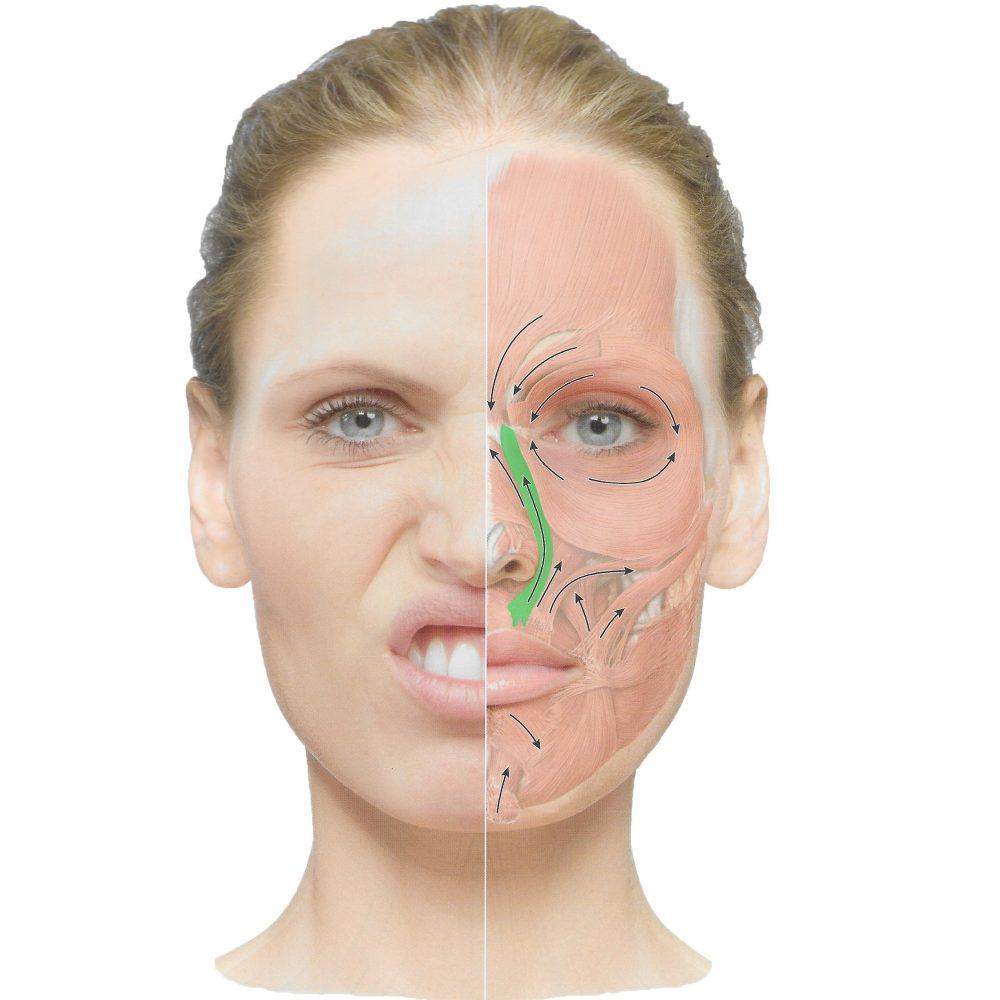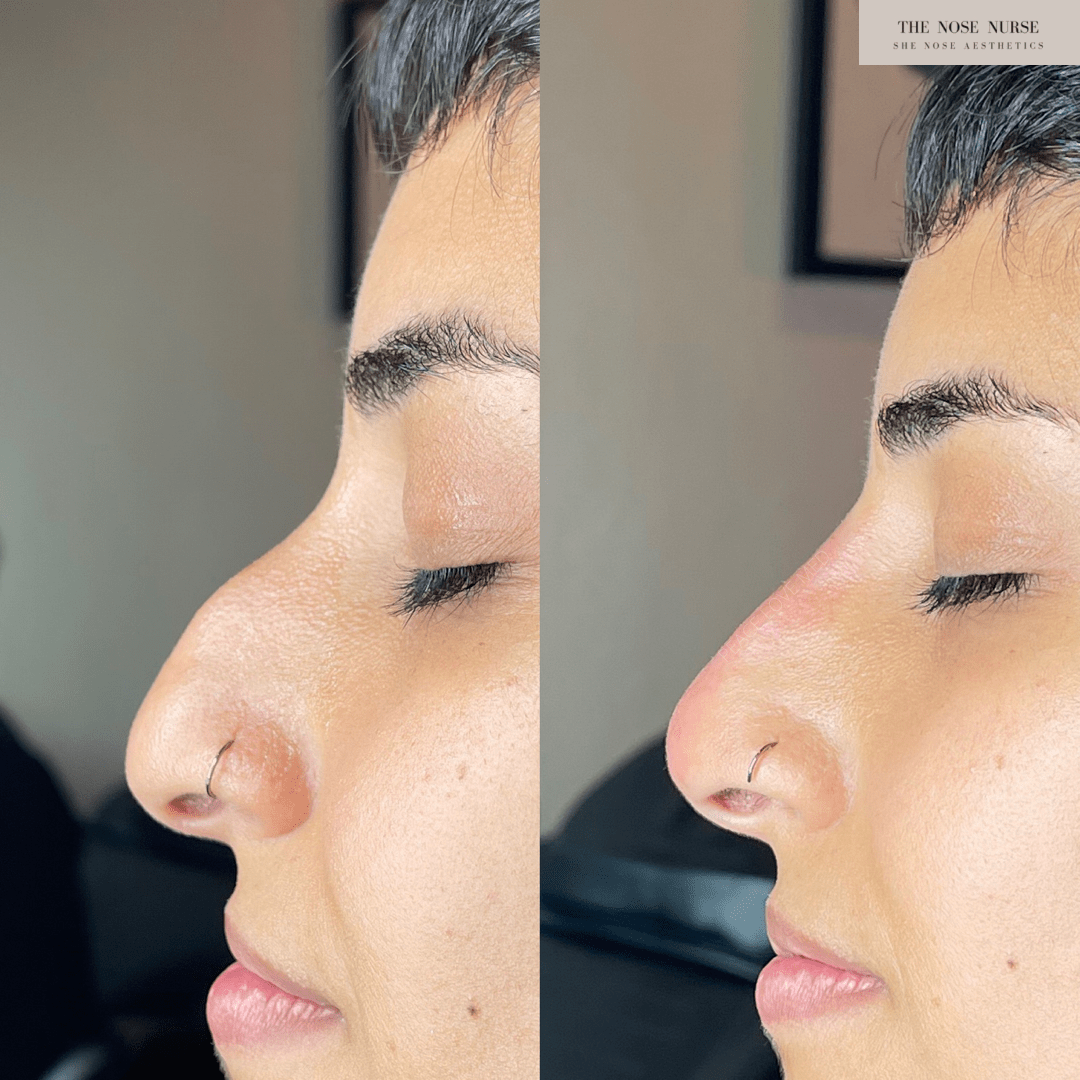
One way to relieve fluid retention under one eye is to apply a cold compress, which can be a wet washcloth or a chilled spoon. This can be used for up to twenty minutes. Tea bags can be used to reduce fluid retention. A cold metal facial rolled can also prove to be beneficial.
Salt and sodium
Reduce salt intake and sodium may be helpful if you have fluid retention. Avoid processed foods, salty packaged foods, and drink plenty of water to flush the body of sodium. The American Heart Association recommends that adults should limit salt intake to 1,500 milligrams per day. However, Americans consume nearly twice the amount.
There are many things that can lead to fluid retention under the eye. The most common factor is high salt intake. It can be caused due to poor sleep quality, allergies or hormonal changes. Other sources of sodium include canned beans, processed foods, and fatty meals. Consuming a lot of processed foods can contribute to the condition.
Allergies
An allergy is the most common reason for swollen eyes. Angio-oedema is an allergic reaction that can lead to severe reactions. The skin around the eyes may swell and cause itching and pain. It can also affect the skin around the eyes, the hands, and the feet. It can be caused by allergies or infections. It can also run in families.

If you have allergies, you may be allergic to certain foods, chemicals, or even pollen. It is possible that you are allergic to pet dander or dust in your home. While you can't always avoid allergies, avoiding them is the best solution.
Sun exposure
You can reduce sun exposure if you are suffering from sunburns and/or under-eye bag problems. The sun's UV-rays can be harmful to your skin. They cause the breakdown of collagen and elasticin. These proteins are responsible to skin's structure and firmness. Exposed to the sun for too long can cause skin sagging and depletion of essential moisture. Mild under-eye swelling can result from this loss of elasticity.
Photokeratitis is a temporary condition that can be caused by sun exposure. This inflammation affects the cornea, which is the clear tissue that covers the white and inside eyelid. This problem is more common in high-altitude residents. High-altitude residents are more susceptible to UV-A radiations. These rays can cause damage to the eyes and impair vision. Fortunately, UV-B rays are absorbed by the ozone layer, and therefore are not as harmful to the eyes.
Blockage of tear ducts
While it can be painful, a blockage of the tear-ducts under one's eye can be very treatable. These ducts can be opened with both surgical and nonsurgical procedures. To determine the best treatment for your problem, consult a doctor.
Treatment options for blocked tear ducts are dependent on the cause of the condition and may include surgery to remove the blockage. Other treatments include the use of medications and protective eyewear.

Anaphylactic shock
Anaphylaxis is a medical condition in which the body's immune systems attack an allergen. Anaphylaxis can result in shortness or complete loss of consciousness. It is a serious medical condition that needs immediate attention and treatment. One in 50 Americans is affected by anaphylaxis. However, some research suggests that the rate is much higher, and may be closer to one in 20 people. Symptoms can begin within five to 30 minutes of contact with the allergen. In rare cases, the reaction might take longer.
The body's immune system can become overwhelmed and fluid can build up in tissues. This causes the eyes to swell. Anaphylaxis is caused by allergies to foods, medications, or other reasons. Symptoms can include wheezing, shortness of breath, and difficulty swallowing.